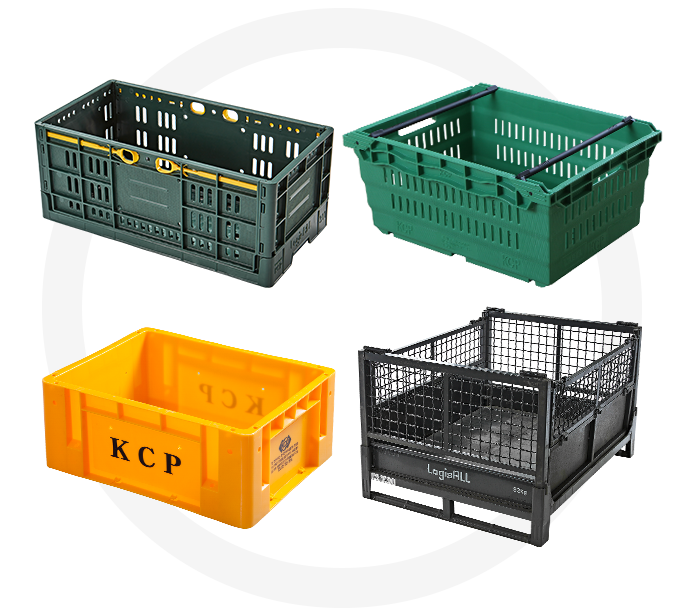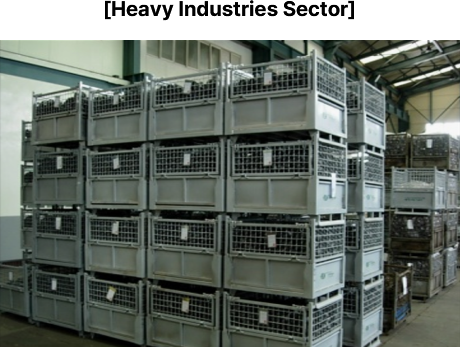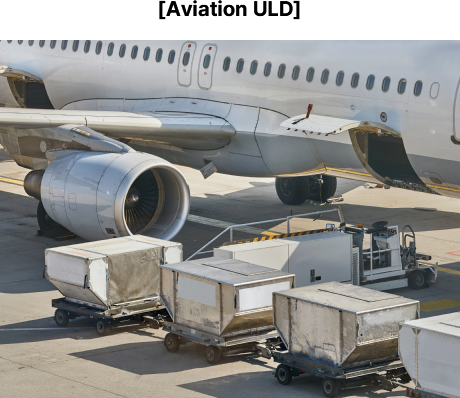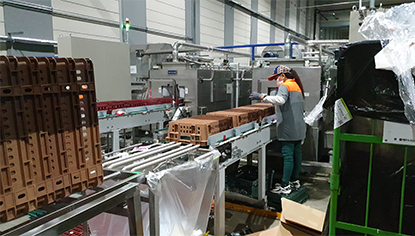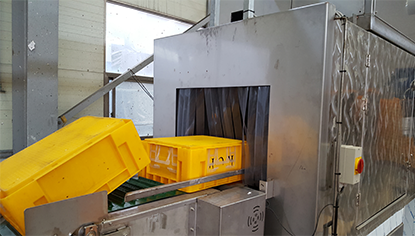The Integrated Collaborative Logistics System is an operational approach that combines and provides a unified system for simplifying and standardizing logistics equipment, shared utilization system, JIT system, logistics quality assurance, and logistics information system.
-
- 01. Simplification and Standardization of Logistics Containers
- Development and integrated operation of standardized logistics containers between lines
Line-to-Line designpackaging standardization -
- 02. Pooling System Operation
- Minimization of logistics costs through shared use of logistics infrastructure
Transportation vehiclesLogistics containersLogistics personnel -
- 03. JIT System Operation
- Optimal scheduling of dispatches aligned with product production schedules
On-timePrecise
quantity -
- 04. Logistics Quality Assurance
- Zero-defect transportation of materials between production lines
Material Production LinesProduct Production Lines -
- 05. Logistics Information System
- Realization of SCM visibility, including supply chain / inventory / and metrics
Control CenterInformation Devices
